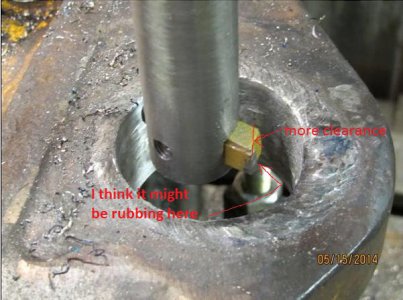- Joined
- Aug 24, 2013
- Messages
- 29
Using 7018 welding rod I welded up a badly worn hole. I intend to make a bushing for this hole to fit a pin after it is machined to size. I hit the high spots with a grinder and then tried to machine the hole. I started with HSS bits that I cut to size with a cutoff wheel on an air grinder. The point of the cutter would ware flat after 3/8" cut into the hole and need sharpened. I don't know if I got a soft batch of Interstate Hss or if I took the temper out of them when they were cut to length. After many hours the hole became round but still needed opened up more. Changed to a carbide tip cutter, but they keep breaking even though there is no interrupting cut. I never dreamed that 7018 would be this hard to machine, it seems the deeper into the weld the harder it gets.
Anybody got any ideas as to a solution? Is there a stronger cutting bit available?
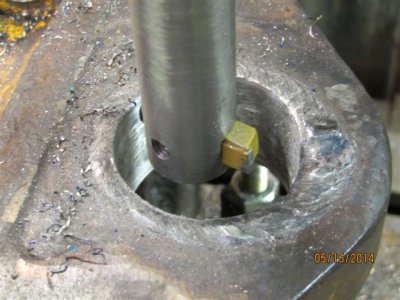
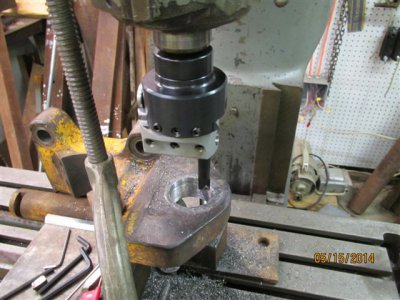
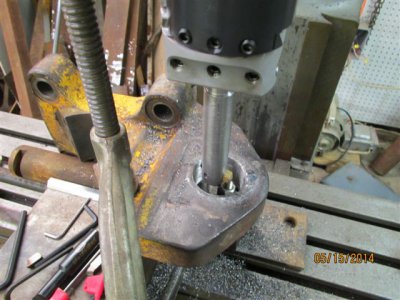
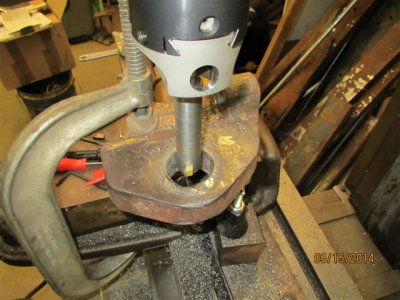
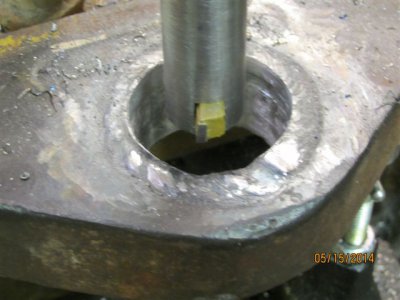





Anybody got any ideas as to a solution? Is there a stronger cutting bit available?












